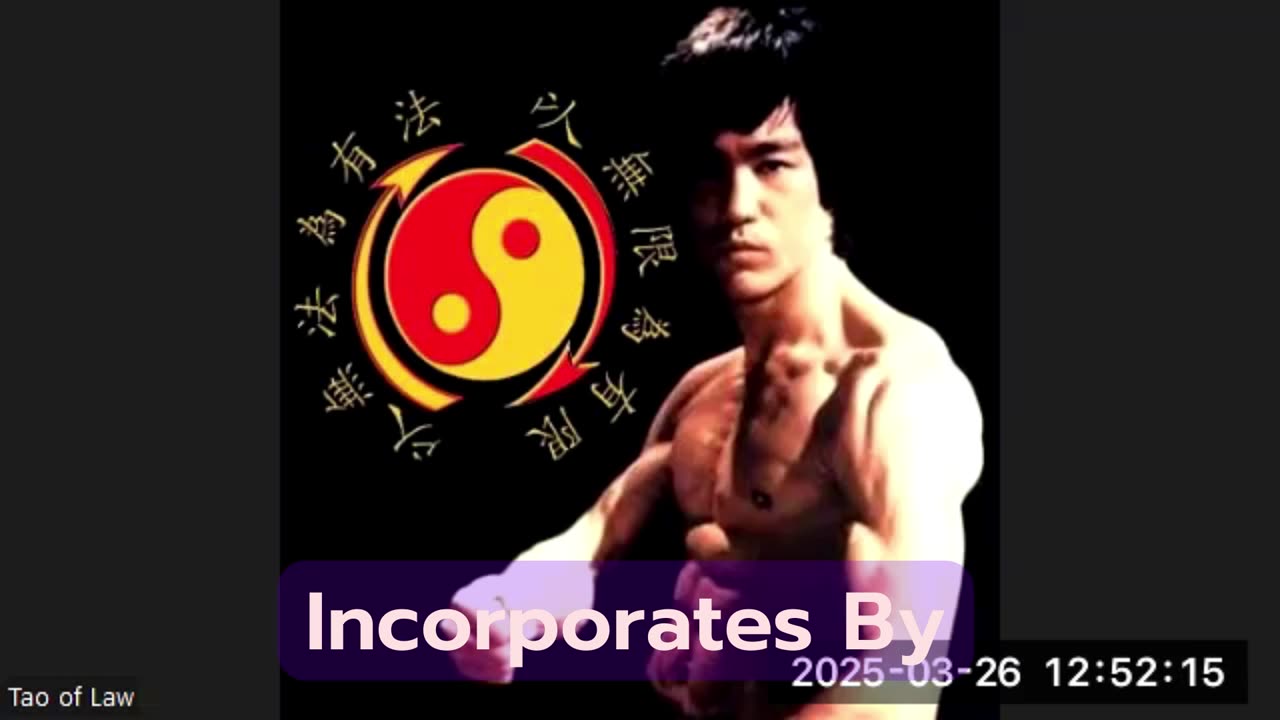Premium Only Content

Eddie's Book on misapplication of transportation laws
Presentation Outline: Addressing Legal Misapplication and Systemic Corruption in Texas
I. Introduction
1. Purpose of the Presentation:
o Highlight systemic corruption in the judiciary and law enforcement.
o Discuss the misapplication of the Texas Transportation Code.
o Empower individuals to hold public officials accountable.
2. Key Themes:
o Constitutional rights of the people.
o Misuse of transportation laws.
o Tools for legal self-help and public education.
II. Constitutional Framework
1. Texas Constitution (Article 1, Section 2):
o All political power is inherent in the people.
o Right to reform or abolish government in whole or in part.
2. Mechanisms for Accountability:
o Recall petitions.
o Early elections.
o Setting criteria for public official removal.
III. Systemic Corruption in the Judiciary
1. Dominance of Attorneys in High Offices:
o Governor, lieutenant governor, attorney general, and legislature are mostly attorneys.
o Exclusion of non-attorneys from meaningful judicial roles.
2. Judicial Immunity and Misconduct:
o Judges lose immunity when acting outside their jurisdiction.
o Importance of documenting judicial errors for appeals and lawsuits.
IV. Misapplication of the Texas Transportation Code
1. Regulatory Nature of the Code:
o Applies only to commercial and for-hire traffic.
o Misuse of these laws against the general public.
2. Federal Law Integration:
o Texas law incorporates federal motor carrier safety regulations.
o Federal law limits application to commerce; state law cannot expand beyond this scope.
3. Impact on the Public:
o Fraudulent prosecutions and denial of due process.
o Maintaining a high conviction rate through systemic corruption.
V. Tools for Legal Challenges
1. Jury Nullification:
o Educating jurors to refuse convictions based on unjust or misapplied laws.
2. Documentation:
o Importance of creating accurate records of judicial errors and legal misapplications.
3. Legal Self-Help Education:
o Subscription-based classes to teach legal procedures and statutory analysis.
o Resources like blogs, books, and YouTube videos.
VI. Public Education Initiatives
1. Book Development:
o Detailed analysis of transportation law misapplication.
o Step-by-step guide for legal challenges.
2. Seminars and Video Courses:
o Accessible formats for educating the public.
o Focus on empowering individuals to fight legal battles effectively.
VII. Call to Action
1. Empowering the Public:
o Understand constitutional rights and legal procedures.
o Challenge systemic corruption through informed action.
2. Participation Opportunities:
o Join legal self-help classes.
o Engage with educational resources (blogs, videos, seminars).
o Advocate for accountability and reform.
VIII. Conclusion
1. Summary of Key Points:
o Constitutional power of the people.
o Misapplication of transportation laws tied to commerce.
o Tools for legal challenges and public education.
2. Final Message:
o Systemic corruption can be challenged through knowledge and collective action.
o The people have the power to reclaim their rights and hold officials accountable.
IX. Q&A Session
1. Open Floor for Questions:
o Clarify concepts discussed in the presentation.
o Address specific concerns or scenarios.
2. Encourage Engagement:
o Direct participants to resources and classes for further learning.
-
 15:18
15:18
GritsGG
14 hours agoSweaty Quads w/ Bobby Poff!
12.8K4 -
 17:11
17:11
Nikko Ortiz
1 day agoIs Poverty Your Fault?
33.4K36 -
 1:25:15
1:25:15
The HotSeat
1 day agoIn Less Than Two Weeks, Here We Are Again.....
19.4K16 -
 12:55
12:55
The Pascal Show
13 hours ago $3.23 earned'THAT'S HIS GIRLFRIEND!' D4vd's Friends Speak Out Revealing They Thought Celeste Was His Girlfriend!
10.2K3 -
 LIVE
LIVE
Lofi Girl
2 years agoSynthwave Radio 🌌 - beats to chill/game to
270 watching -
 33:02
33:02
DeVory Darkins
8 hours ago $35.86 earnedComey INDICTED by grand jury in shocking announcement by DOJ as Trump claims MAJOR VICTORY
43.5K105 -
 2:06:23
2:06:23
Inverted World Live
10 hours agoEpstein Worked for CIA According to OMG Reporting | Ep. 114
139K42 -
 3:14:39
3:14:39
TimcastIRL
10 hours agoTrump DOJ Indicts James Comey, The ARRESTS Have BEGUN | Timcast IRL
329K414 -
 7:54:14
7:54:14
SpartakusLIVE
11 hours ago#1 Hulking MASS squashes NOOBS for viewers’ DELIGHT
74.9K2 -
 1:32:21
1:32:21
The Charlie Kirk Show
10 hours agoTHOUGHTCRIME Ep. 98 — The Comey Indictment? Antifa Agenda? Charlie and the Cubs?
130K64